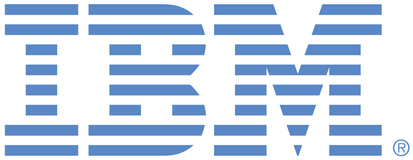Description
Let us assume the following in DOORS Next:
-Artefact A contains embedded artefact B
-Artefact B is not a file (e.g. image, PDF, etc.)
DNG ReqIF Export shall not export the relationship between Artefact A and Artefact B (i.e. Artefact B is embedded in Artefact A) using the XHTML element <object>.
DNG ReqIF Export shall only use the XHTML element <object> for embedded files.
Motivation / Reason
We have observed the following behavior of the DNG ReqIF Export:
-We export an artefact A that contains another artefact B
-Artefact B is not a file (i.e. not Format: File)
-DNG ReqIF Export exports the artefact B (that is not a file) contained in artefact A as follows:
<THE-VALUE>
CONTENT_OF_OUTER _ARTEFACT_A
<object>
<param name="reqifid" value="REQIF_ID_OF_EMBEDDED_ARTEFACT_B"/>
<blockquote>
<div>CONTENT_OF_ EMBEDDED _ARTEFACT_B</div>
</blockquote>
</object>
CONTENT_OF_OUTER _ARTEFACT_A
</THE-VALUE>
This means that DNG ReqIF Export uses the XHTML element <object> to model SPEC-OBJECTS (i.e. artefacts) in other SPEC-OBJECTS. This is problematic.
The ReqIF Standard does not specify how to model SPEC-OBJECTS in other SPEC-OBJECTS, i.e. this is not defined in the ReqIF Standard. The meaning / semantics of the above usage of <object> are not defined in the ReqIF Standard.
The ReqIF Standard only defines the meaning of <object> for files (ReqIF Interchange Format 1.2, page 56, chapter "2. Inclusion of objects that are external to the exchange XML document in the requirements authoring tool"). This chapter describes the usage of the XHTML element <object> for files.
The ReqIF Interchange Format 1.2 describes no other usage of the XHTML element <object>.
Thus, ReqIF Tools cannot be expected to support any other usage of the XHTML element <object> / any other usage is "unexpected". Because of this, several non-IBM ReqIF Import tools have issues with the above usage during ReqIF Import.
The ReqIF Implementor Forum Call has discussed the issue, as well as the greater issue raised by this, i.e. “How do we handle ReqIF content that is allowed according to the syntax, but has no (defined) semantics?”
This is exactly the case, i.e. the IBM usage is allowed according to the syntax of the ReqIF Standard, but it has no defined semantics in the ReqIF Standard.
The decision is as follows:
-See the following ticket for the entire discussion:
https://prostep-ivip.atlassian.net/browse/REQIF-138
-Final decision: The following recommendation will be added to the upcoming version of the ReqIF Implementation Guideline:
“General recommendation
A ReqIF file may only contain ReqIF content that is valid against the OMG ReqIF XSD and has defined semantics in the ReqIF standard. Extensions have to be placed in the tool extensions section of the ReqIF file.”
This means that the current implementation of DNG ReqIF Export will not be compliant with this upcoming version of the ReqIF Implementation Guideline.
Implementing this idea now will ensure DNG ReqIF Export will be compliant with the ReqIF Implementation Guideline and increase compatibility with other ReqIF Tools.
Idea History
This idea has been derived from the following IBM PMR:
TS008732483
https://www.ibm.com/mysupport/s/case/5003p00002f7uzdAAA/

